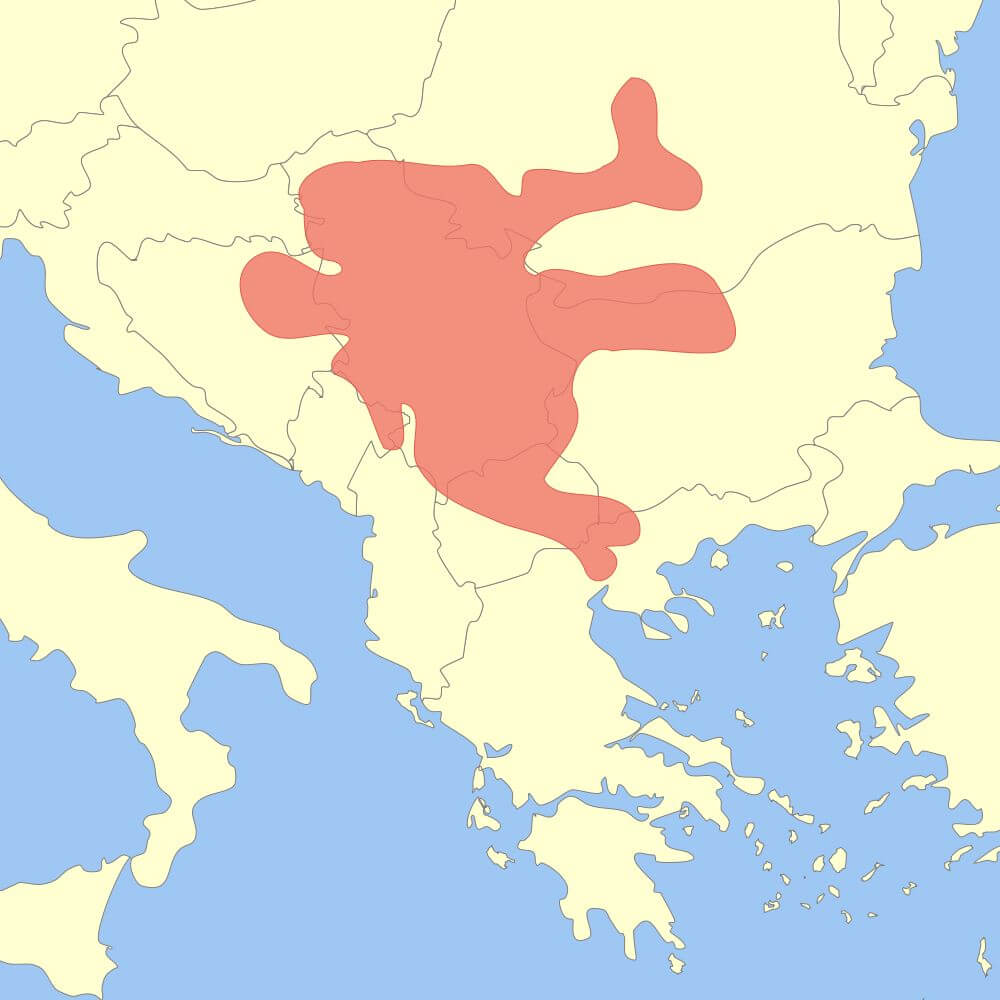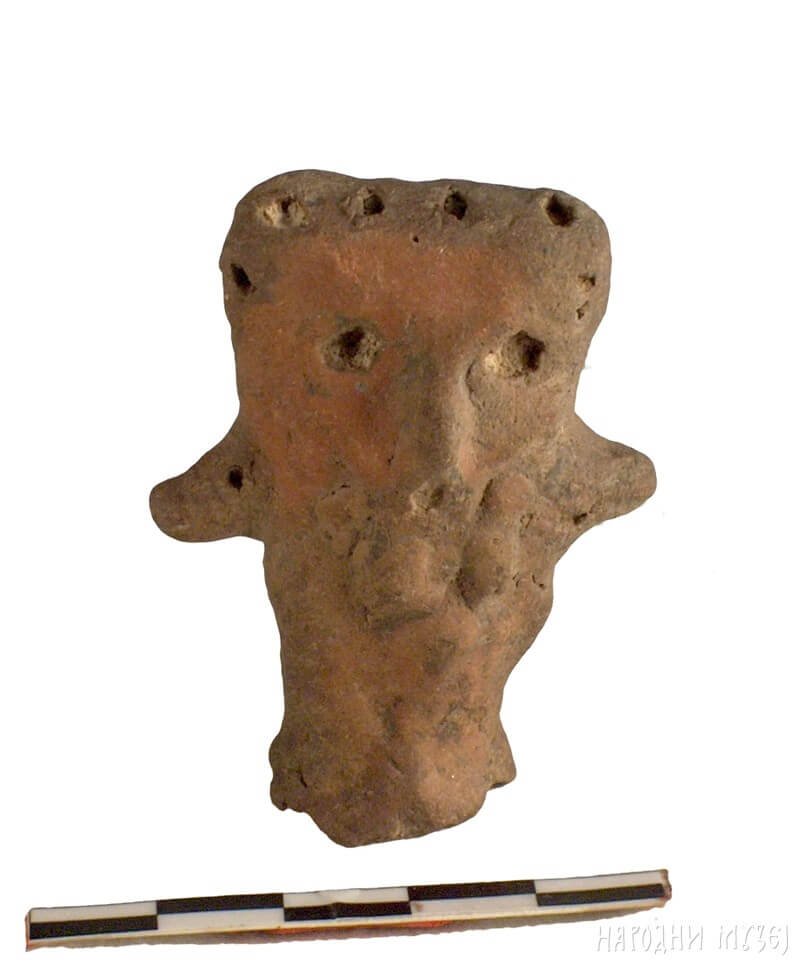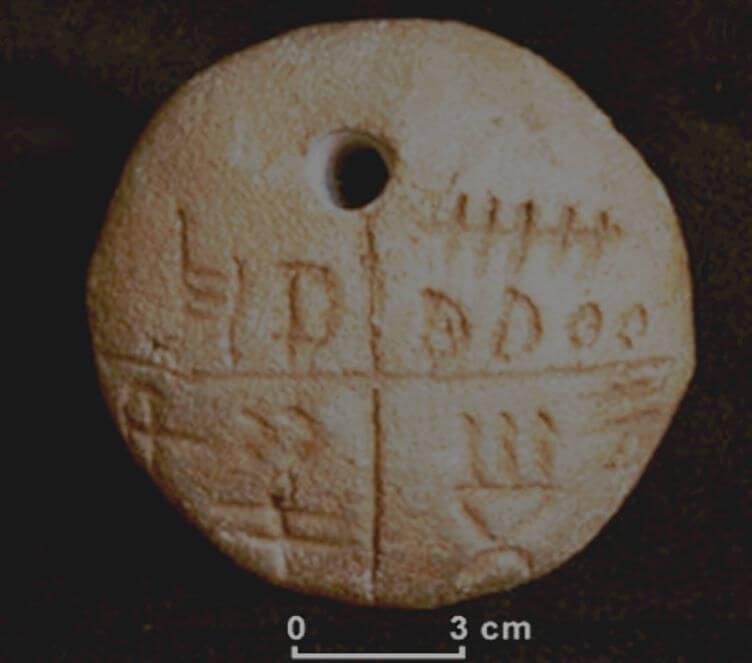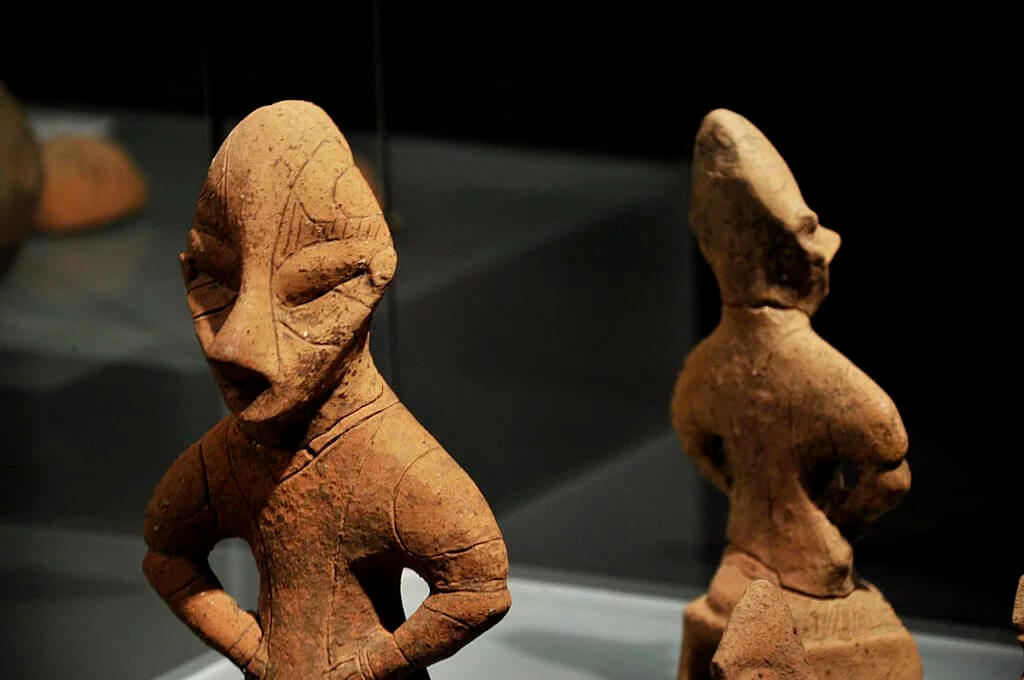The Vinča Culture, thriving predominantly in modern-day Serbia, stands as a luminous beacon of the European Neolithic period’s advanced civilizations. Its inhabitants didn’t merely survive but thrived in thoughtfully planned settlements. These settlements, characterized by structured streets and central gathering points, reflected an era of social organization and community spirit. Within these communities, homes were not mere shelters but intricate constructions of wattle and daub, suggesting a penchant for detail and design. Historians and archaeologists have noted that beyond their tangible accomplishments, the Vinčans’ sophisticated belief system and cosmology set them apart. This deep-rooted spirituality often merged with their external relations, as they forged and nurtured trade ties across central Europe, the Carpathian region, and even as far as the Mediterranean coast.
Vinča Culture’s Metallurgy
The Vinča Culture stands out as a beacon of innovation in ancient Europe. While most early European cultures were deeply engrossed in mere survival, the Vinčans had transitioned to a phase where they lived in permanent settlements across multiple generations, dedicating themselves to agriculture and animal husbandry. Their societal progress didn’t stop at self-sustenance. The growth of their communities, driven by an efficient societal structure, propelled them into engaging in trade, not just locally but with other advanced cultures across Europe.
Most impressively, the Vinčans showcased a rich understanding of metallurgy. They mined and processed cinnabar, a mercury sulfate, to extract a valuable red ochre pigment. This pigment was used for various purposes, including the dyeing of textiles and the decoration of pottery. Moreover, the Vinčans had mastered copper production, using it to craft tools such as axes and chisels. Their metallurgical finesse can be witnessed in artifacts like copper bracelets and beads found at the Vinčan site of Gomolava, near Hrtkovci in Srem. This advanced approach to metallurgy is a testament to their innovative spirit and the depth of their craftsmanship.
Obsidian Trade and Its Significance
Obsidian, often referred to as the “black gold” of prehistoric times, was a precious material cherished and traded extensively by the Vinča Culture. This volcanic glass, known for its sharp edges and deep black color, was not just a mere commodity. Its discovery at various Vinča sites provides evidence of the vast trade networks that the culture was a part of. The rarity of obsidian in Europe, with only a handful of locations yielding this precious material, makes its presence in Vinča sites even more intriguing.

A deep dive into the source of the obsidian found in Vinča reveals a tale of extensive trading routes that spanned hundreds of kilometers. Through chemical analyses performed at the University of California, Berkeley, it was determined that the obsidian in Vinča hailed from the Carpathian Mountains, situated today in Slovakia. This find illustrates that the Vinča people either traveled to these distant lands for trade or that traders from these areas made their way to Vinča. Regardless of the direction, the presence of obsidian solidifies the idea that the Vinča Culture was involved in significant exchanges of goods, knowledge, and innovative ideas across vast distances.
Vinča Figurines
The impressiveness of the Vinča culture is reflected in their production of clay figurines, with thousands of specimens discovered. These figurines testify to the playful and creative spirit of Vinča, even though their exact meaning and function remain enigmatic. Finding figurines all over the settlement, from households to waste dumps, without being used as burial offerings, adds to the mystery of their purpose. While many of these figurines do not reveal distinct gender characteristics, some of the most representative examples depict women whose faces bear a mask, reflecting a style and mannerism that remains a mystery to us.

A unique contribution to the originality of the Vinča culture is the anthropomorphic lids – ceramic items that blend human and animal features. At times, a human face can be discerned, while the shape of the ears suggests an owl or a cat. It’s assumed they were used as lids for amphorae. The detail in their craftsmanship indicates they might have held valuable contents or liquids sensitive to environmental changes.
Vinča Script
One of the distinctive markers separating culture from civilization is literacy. The existence and interpretation of signs and symbols found in the Vinča culture have sparked considerable debate among scholars, specifically, whether these signs can be classified as a form of writing or script.
Many artifacts from the Vinča region display a variety of symbols and signs, some of which resemble abstract representations, while others have more recognizable shapes. Some scholars have claimed that these signs form a coherent script – possibly one of the oldest forms of writing in Europe. If validated, this would challenge the conventional belief that writing originated in ancient Mesopotamia or Egypt.
However, skepticism abounds. A significant portion of the academic community regards the idea of a Vinča script as pseudoscience. They argue that while the symbols are consistent and repetitive, there’s no solid evidence to confirm them as a form of structured writing. Instead, these symbols might have served other functions, perhaps as religious or clan symbols, for instance.

Despite the controversy, there’s a growing interest in deciphering the Vinča symbols. Some researchers and enthusiasts maintain the belief that a more profound understanding might reveal a structured script, shedding light on the sophisticated cognitive processes of the Vinča people. As it stands, the debate over the Vinča script remains unresolved, making it one of the most fascinating enigmas of European prehistory.
Vinča Architecture and Peaceful Settlements
One of the most intriguing aspects of the Vinča culture is its architectural prowess. Their settlements, while well-organized, often lacked the defensive fortifications common to other ancient civilizations. This absence of protective walls is particularly striking given the culture’s impressive urban planning capabilities and extensive regional influence. Many archaeologists and historians speculate on what this might reveal about the societal structure and worldview of the Vinča people.
While the specific reasons for this lack of fortifications are still debated, one prevailing theory suggests that the Vinča communities lived in relative peace, without significant external threats or internal conflicts. This is further underscored by the surprising lack of weapons discovered in Vinča archaeological sites. Such findings paint a picture of a culture that might have placed a high value on communal harmony and cooperation. The absence of weapons, in particular, could indicate a society that sought to resolve its differences through dialogue and mutual understanding rather than through force.
However, while these observations hint at a peaceful existence, it’s essential to approach them with caution. The absence of evidence isn’t always the evidence of absence. Some argue that the Vinča might have had other means of defense or that their weaponry, made of perishable materials, has simply not survived the test of time. Nevertheless, the distinct architectural choices of the Vinča culture, paired with the dearth of weapons, certainly offer a unique perspective into the lives and values of this ancient European civilization.
Historical Challenge: Can You Conquer the Past?
Answer more than 18 questions correctly, and you will win a copy of History Chronicles Magazine Vol 1! Take our interactive history quiz now and put your knowledge to the test!

